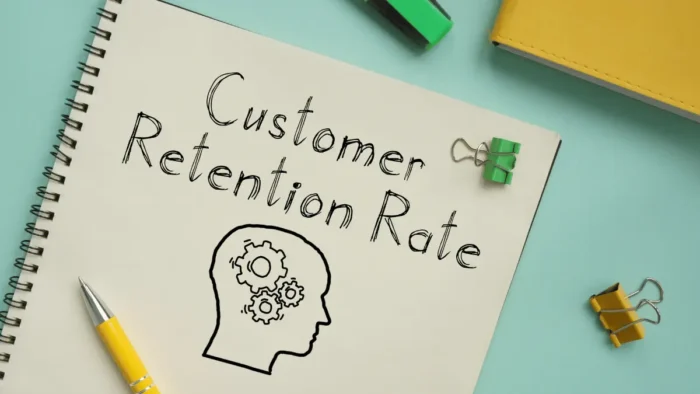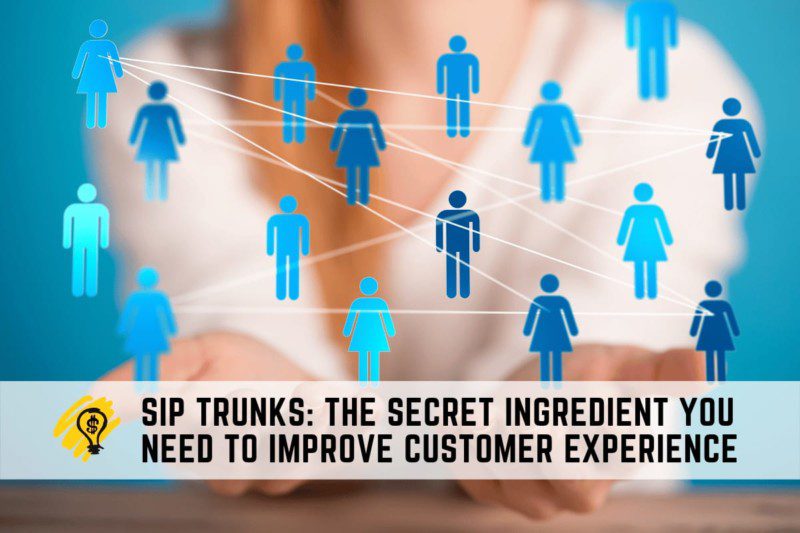There was a time when marketing was a one-way street. Businesses would simply turn their loudspeakers on full and announce their products or services in the hopes that people would pay attention and buy whatever was being offered. Today it is not so easy to do. In recent years, customer behavior has become an increasingly crucial factor in marketing and branding strategies.
Customer engagement has been all the rage among businesses and marketers. Thanks in large part to social media and other online tools, ordinary customers now have a voice that can influence how companies market their products and services. By trying to engage your retail customers, your business has a better chance of improving its bottom line and reaching its goals.
Table of contents
Customer Engagement 101
Indeed, customer engagement has become a buzzword in today’s business landscape across all industries. But what is customer engagement? To cut a long story short, the term simply means interaction between a company and its customers. It is not only about sales relationships but any possible relationship with the customers starting from potential and continuing after they become your customers.
It plays a significant role in any effective customer acquisition and retention strategy.
Measuring Customer Engagement
To put things in simple terms, customers who are more engaged with your brand are more likely to buy your product or service. The best part is that engagement seems to spread. So, if you have a handful of engaged customers, you can expect other people to join in on the conversation. Before you know it, these newcomers will also become your customers. When people see you have engaged customers, it’s only a matter of time before they, too, become swayed by your message.
That’s why it’s vital you measure your customer engagement. Now, it may be easier said than done. Even seasoned retailers can get the wrong customer engagement measurement. Having high traffic on your social media and website is not enough to gauge how your customers interact with your brand.
Now, the important question is what you need to measure and how to measure it when it comes to customer engagement. Here we will cover some of the most important performance metrics:
1. Customer Lifetime Value
This is an important metric for your business’s success. Why? Because Customer Lifetime Value (CLV) is the amount of money you can earn from a customer that purchases your products during their lifetime.
For example, if the average customer during his lifetime engagement with your company spends on average $3000 with five average purchases, you will earn $3000 from one average customer. But, we are more interested in how much will stay in your business. You already have a cost. So, we need to use profit margin in order to calculate how much we will earn from one average customer.
✋ Warning
CLV = Retention Time Period X Average Purchase Value X Profit Margin X Number of Transactions
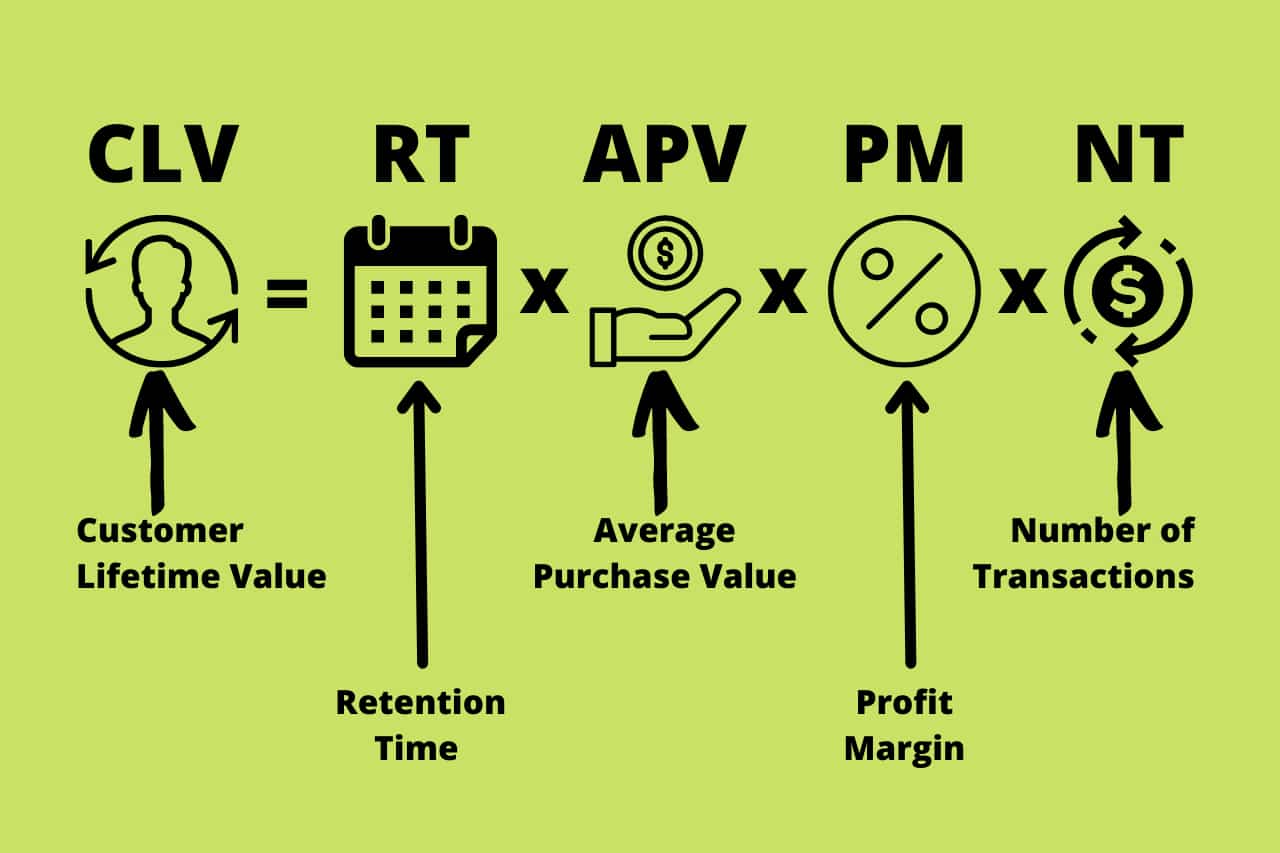
2. Net Promoter Score
Net Promoter Score is a performance metric that will measure the loyalty of your customers. What is the probability that your customers will spread the word about your small business, products, and services, and how happy they are doing business with you?
You can calculate your net promoter score simply by asking your customers question like:
From zero to ten, how often do you recommend our products and services to others?
You can use Google Forms to design a questionnaire that you can easily send to all your customers. Then, when you collect the results, you can easily calculate your net promoter score as a difference between the percentage of customers that are promoters and the percentage of customers that are detractors. For example, if you get responses from a hundred customers and if you have 58 of them that have selected options 9 and 10 (promoters) and 15 of them select options from 0 to 6 (detractors), your net promoter score will be:
NPS = 58% – 15% = 43%
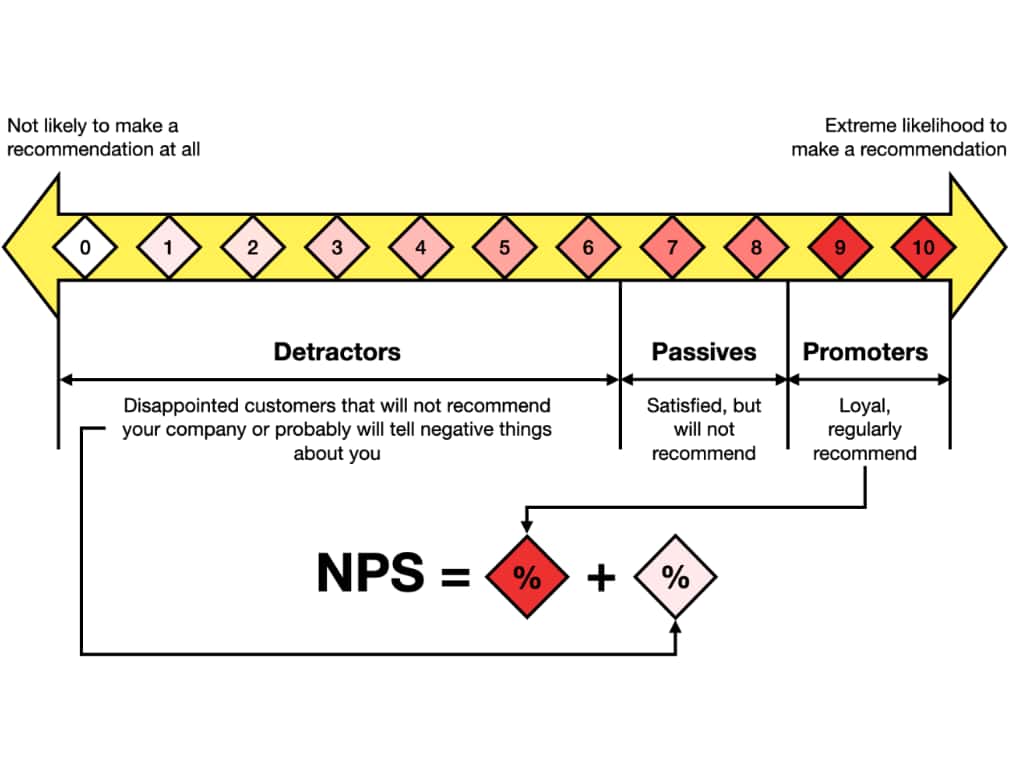
You need to ensure that your customer engagement activities will improve this measure to be more than 50%.
3. Customer Satisfaction Score
Customer satisfaction score tracks how your customers are satisfied with your product or service, customer support, or doing business with you overall. Again, you can send a survey or ask each customer after each transaction how he is satisfied with your products and services. You can calculate the net promoter score with the following:
(Number of satisfied customers ÷ Number of survey responses) x 100 = % of satisfied customers
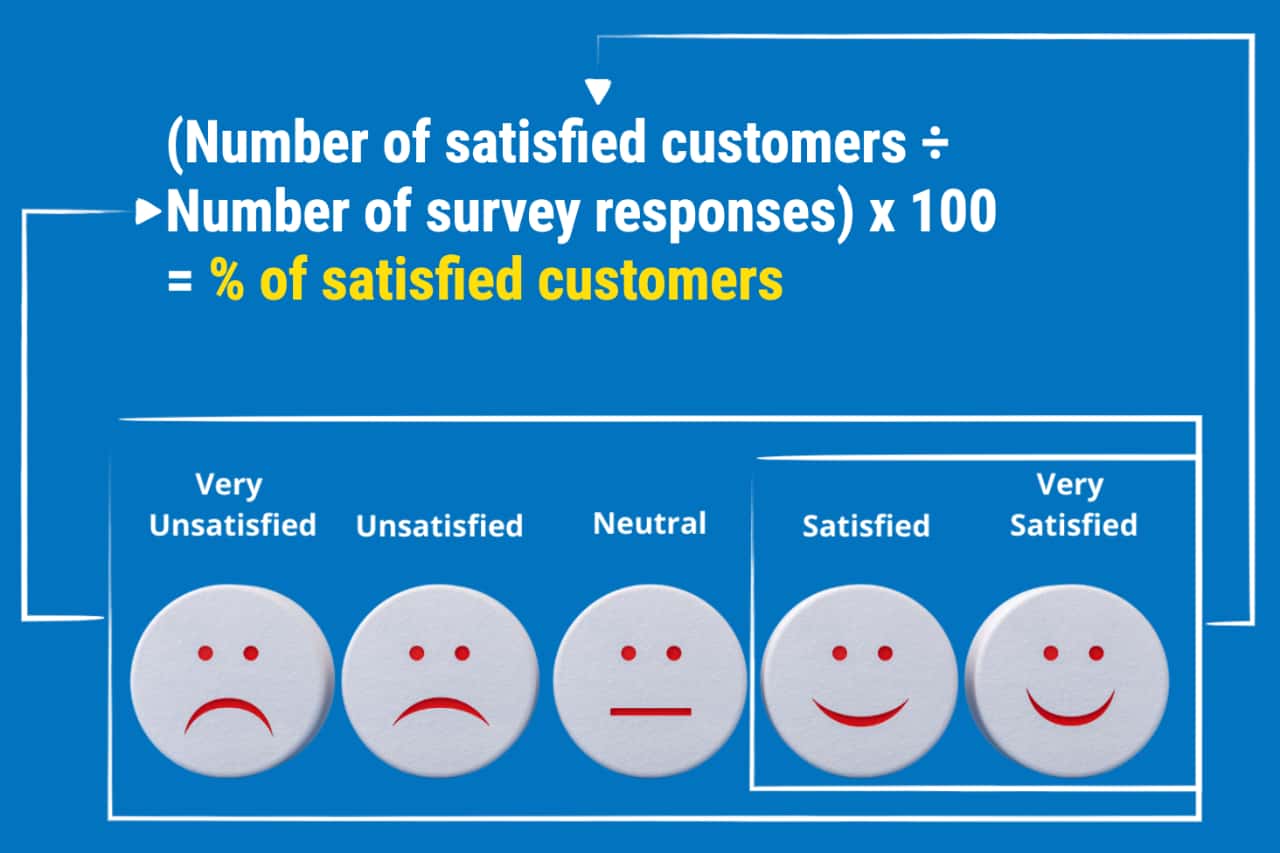
4. Stickiness
The stickiness metric will show you how much customers are happy with your product and the probability that they will continue doing business with you. These customers will “stick” with your company because they are satisfied with what you are doing with them.
The question is how you can measure this metric. Calculating stickiness will require you to find these numbers:
- Daily active users. These are unique users of a product or service per day.
- Monthly active users: Unique users that within a month.
Compare daily active users with monthly active users using rate metrics.
Stickiness = Daily active users ÷ Monthly active users
Customer Engagement Analysis Helps Marketing Campaigns
When it comes to customer engagement, one thing is for sure: to make it work, you need to make your conversation with your target customers personal. You need to connect with your market. The good news is there are now many platforms and channels where you can reach out and engage your customers.
Still, making a connection with your audience is only half of the battle. You need to evaluate the level of your engagement. This analysis is crucial in promoting your products and services. The following are just some examples of how a comprehensive customer engagement analysis can help your marketing campaign.
1. Brings Your Email Marketing To a Whole New Level
Email marketing has always been considered the granddaddy of all online marketing strategies. And it still works even in this age of social media and video-sharing sites. Your customer engagement analysis can help you craft more personalized marketing messages.
With the right analytics tools, you’ll know what type of subject lines have higher email open rates among your customers. Having the data to back your strategies, you’ll have a better chance of creating a message that’ll touch your customers’ emotional triggers. As a result, your email marketing strategies will become more effective.
2. Helps You Better Address The Needs Of Your Customers
Customers now have more tools to connect with businesses. It means customers are now more empowered and want to feel special. If you can harness the same tools or channels to provide for your customer’s specific needs, you have a good chance of boosting engagement.
To do that, you need to define accurately who your customers are. Only then can you create marketing strategies that connect. Using engagement analytics, you can collect customer information to boost your marketing message.
3. Gives You Better Opportunities To Sell More
When you shop from big online stores, have you ever wondered how they’re able to recommend other items you may also like? It’s called upselling or cross-selling. It’s a classic business strategy and has been around even before the Internet. But businesses today have become more efficient at upselling by collecting customer engagement information and analyzing people’s behavior.
4. Improves Your Customer Service
Customer service is a crucial part of doing business. If you fail in this area, then your brand reputation will be affected. But one thing to be said about customer service is it’s intricately linked to engagement. Your customers are more likely to open up and get in touch with you when they need product or service support.
That said, you can include customer service data in your engagement analysis. By doing so, you will learn how customers use your products or services. As a result, you will be better positioned to address any customer concerns and improve overall customer satisfaction.
Frequently Asked Questions
Customer engagement means being in touch with a customer in a meaningful way. This contact might be via email, social media, direct mail, telephone, or any combination of these options. Customer engagement may take place before or after the sale.
The most critical performance metrics when it comes to customer engagement are the following:
1. Customer Lifetime Value
2. Net Promoter Score
3. Customer Satisfaction Score
4. Stickiness
Customer engagement analysis will bring your email marketing to a new level and help you address your customers’ needs better. Also, it gives you better opportunities to sell more and improves your customer service.
Conclusion
Different businesses may have different ideas about customer engagement. But when all is said and done, it’s about fostering a healthy relationship with your customers. It’s about brand loyalty.
To reap the benefits of connecting with your target market, you need to always know where you stand in the conversation. A comprehensive customer engagement analysis will let you know if your current engagement game plan works and if you need to come up with better marketing strategies.


